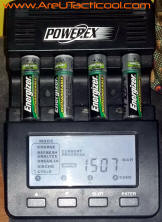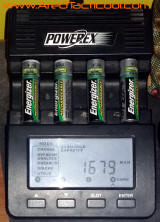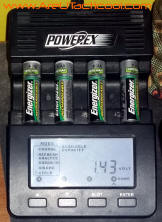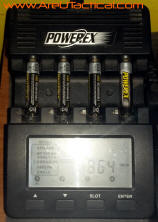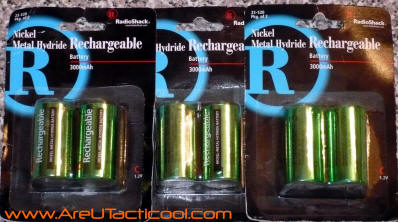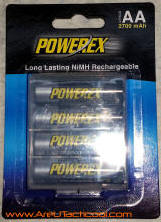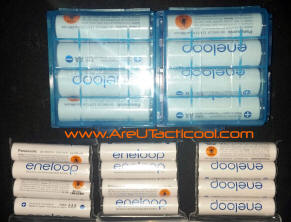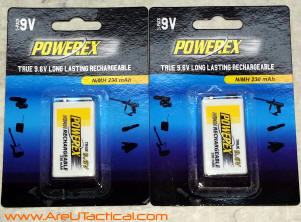Wecome to the start of our small device rechargeable battery and charger pages. I have batteries purchased in the 1990s that are still in service and often people give me cells they say won't hold a charge anymore that a discharge followed by a break in then a multiple dixcharge/charge cycle over a couple of days not only brings them back buy often they put out more than rated. Mostly we will be working with AAA, AAA, some B cells, C cells, D cells, CR124s, 5volt and 9 volt batteries. As time permits will likely get into other batteries such as whats known as "alarm: batteries as found in alarm panels for back up power but also used in UPCs and all sorts of devices including battery powered emergency lights in buildings and homes.
BATTERIES NEED TO BE CHARGED PROPERLY

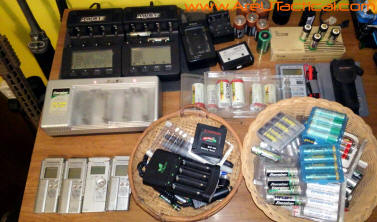

There are tricks to getting maximum charge and voltage into a battery and still get long service life. I have some NiMH consumer rechargable AA batteries that are dated 1997 that are still in rotation and even older ones I use in low drain, none critical devices like television/DVD/Ssurround sound remotes and HVAC thermostat. One thing I have found is fast chargers kill batteries fast and car chargers doing DC to DC charging with high amps kills them. One trip doing a phto job in Europe for some magazines and websites I took two automotive fast chargers that were different brands plus a bunch of new rechargeable batteries in mixed brands and all wee toasted half way into the trip. Brought them home and even with the best analyzers and programmable chargers was only able to recover about 1/3 of them and they didn't come back but to about half to two thirds of their rated capacity. Charge slow!!!!
CHOOSING THE CORRECT CHARGERS ARE KEY
The first two photos show a single cell going through a refresh cycle after it didn't take a full charge. The processor in the charger will discharge, charge, analyze and repeat till it desulphates and finds all the reserve capacity it can find in the cell. Last three on upper row and first three on lower row show a group of almost ten year old 2450 mA consumer rechargeables going through a cycle. Normally NiMH batteries run at about 1.25 volts and these are factory rated at 2,350 max milliamps but at end of charge they are 1.43 volts at 2,960 milliamps. If use consumer chargers these would likely have been in trash already as rated for 200 to 300 charges but at a decade old and at least double the rated charges are holding 0.2 volts (thats big in a 1.5 volt device slot) 500 milliamps than rated when new. Will go through some professional batteries rated for over 2,000 cycles when have more time. The last picture is a set of professional batteries going through their "break in" cycle out of the package.
MORE CHARGERS COMING SOON
CONSUMER VS PROFESSIONAL RECHARGEABLE BATTERIES
MORE SMALL DEVICE BATTERIES COMING SOON
NAVIGATION
ALL OF THE PHOTOS AND TEXT ON THIS SITE IS COPYRIGHTED. NO PORTION MAY BE REPRODUCED WITHOUT EXPRESSED WRITTEN CONSENT.



